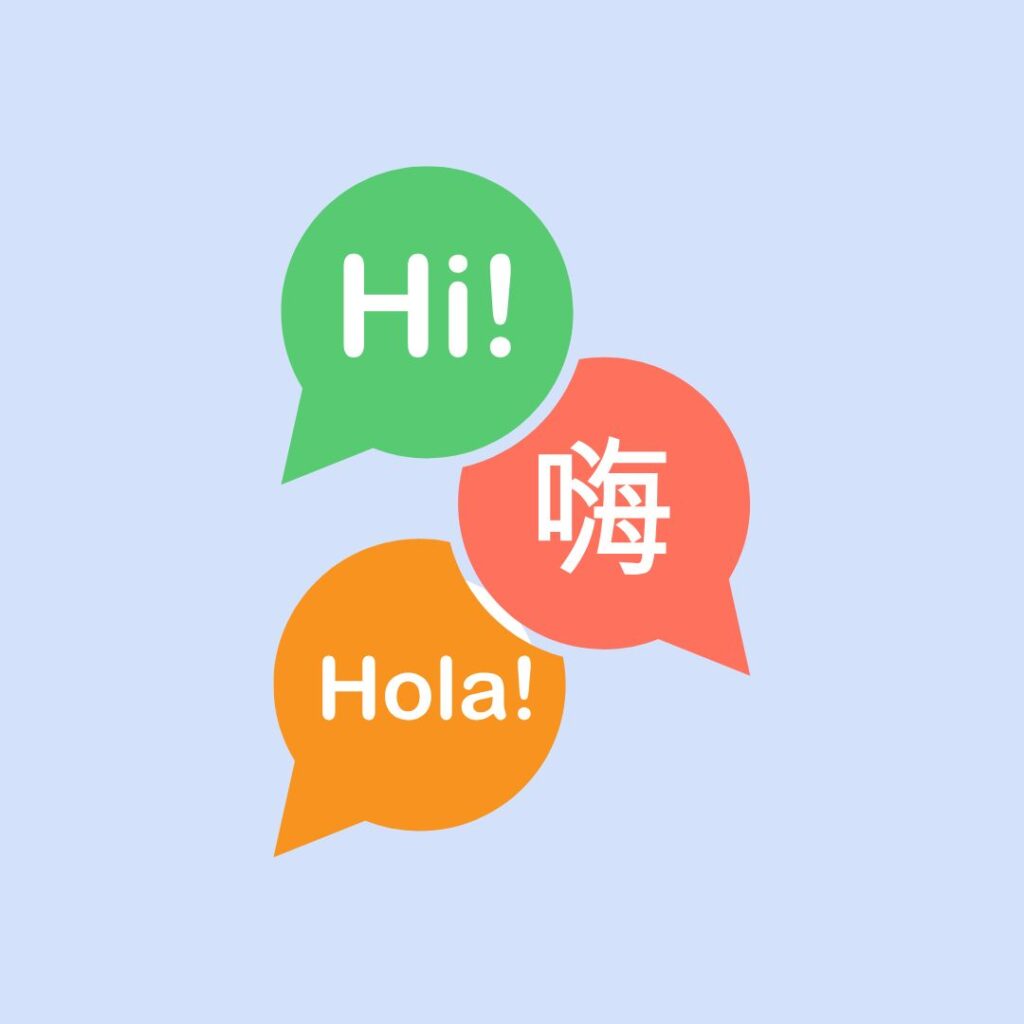Table of Contents
- Introduction
- The State of the Translation Market in 2025
- Trends Shaping the Translation Market in 2025
- Opportunities for Publishers in the Translation Market
- Conclusion
Introduction
The global translation market in 2025 is set to experience unprecedented growth, driven by the dual forces of globalization and technological innovation. As businesses, governments, and individuals seek to communicate across linguistic and cultural boundaries, the demand for translation services has expanded across multiple sectors, with publishing as a key domain. For publishers, translation is not just a service but a gateway to new audiences, markets, and revenue streams.
The role of translation in publishing goes beyond linguistic conversion; it involves preserving the essence, style, and cultural nuances of the original work. Whether translating bestsellers into new languages, adapting educational materials for regional audiences, or localizing digital content, publishers relied heavily on translators and emerging technologies to meet the growing demand. However, they face numerous challenges, from managing quality and costs to navigating legal complexities.
This article provides a detailed analysis of the translation market in 2025, with a particular focus on publishing. It explores key industry trends, uncovers opportunities for publishers to leverage translation as a strategic asset, and highlights the challenges they must address to succeed in an increasingly interconnected world.
The State of the Translation Market in 2025
Market Growth and Globalization
The translation market is expected to experience steady growth in 2025, with global revenues projected to exceed $45 billion. This expansion was largely driven by the need for multilingual communication across borders. As globalization connected markets, businesses and institutions increasingly relied on translation to engage diverse audiences.
For publishers, this growth translated into significant opportunities. International bestsellers, regional authors, and academic works required translations to reach wider audiences. A report from the Common Sense Advisory revealed that 56% of consumers considered language more important than price when purchasing products or services. The stakes for books were even higher—translated works could create entire markets in previously inaccessible regions due to language barriers.
Countries like China, India, and Brazil exemplified this globalization trend. With burgeoning middle-class populations and rising literacy rates, these markets demanded more localized content. Translation was no longer an optional service for publishers—it was essential for survival and growth in a globalized marketplace.
Technological Advancements
Technology will be a game-changer for the translation industry in 2025. Tools such as computer-assisted translation (CAT) and neural machine translation (NMT) will begin to mature, offering significant time and cost savings. CAT tools like Trados and MemoQ allow translators to work more efficiently by leveraging translation memories and glossaries to maintain consistency across projects.
Meanwhile, machine translation tools, including Google Translate and Systran, have become more accessible and accurate. These tools are increasingly integrated into publishing workflows, especially for non-critical or first-draft translations. However, they are still far from perfect. Machine translation will still struggle with idiomatic expressions, complex sentence structures, and cultural subtleties, which makes human translators indispensable for final editing and localization.
These advancements present a double-edged sword for publishers. While technology improved efficiency, it also raised concerns about quality and overreliance on automated solutions. Publishers must balance leveraging technological tools and maintaining the human touch essential for nuanced translations.
Key Players and Sectors
The translation industry encompassed various players, from large multinational agencies to freelance translators and niche firms specializing in specific fields. Companies like Lionbridge, SDL, and TransPerfect are set to dominate the global market, offering technology-driven and human-centered solutions. These agencies are key partners for publishers, especially those seeking scalable solutions for large translation projects.
Collaborating with these agencies will allow publishers to access a global network of professional translators in the publishing sector. At the same time, smaller translation firms and individual freelancers can carve out niches by focusing on specialized genres, such as children’s literature, graphic novels, or academic publishing. For publishers, selecting the right partner will be critical to achieving their goals in a competitive and diverse market.
Trends Shaping the Translation Market in 2025
Digital Transformation in Publishing
The shift toward digital publishing is one of the most significant trends impacting the translation market in 2025. E-books, audiobooks, and multimedia content are becoming increasingly popular, necessitating new approaches to translation. Unlike traditional print works, digital publications often require rapid turnaround times and seamless integration with digital platforms.
For instance, e-book platforms like Kindle and Kobo offer global distribution opportunities, but only for publishers willing to invest in multilingual editions. This demand extends beyond text to include metadata, marketing materials, and even in-app interfaces for e-readers. Publishers who embraced these digital shifts gained a competitive edge by offering content tailored to local preferences.
Additionally, the rise of multimedia content presented unique challenges. Translating interactive educational materials, video tutorials, and graphic novels requires expertise beyond traditional text translation. Publishers need to work with multidisciplinary teams, including translators, designers, and developers, to create cohesive localized experiences.
Focus on Localization
Localization, the process of adapting content to specific cultural and linguistic contexts, is emerging as a cornerstone of successful publishing strategies. While translation ensures linguistic accuracy, localization ensures cultural relevance, making it a more comprehensive and nuanced approach.
Take, for example, the translation of a children’s book. A literal translation might convey the story’s basic meaning but fail to resonate with local readers due to cultural differences in humor, idioms, or societal norms. On the other hand, localization would adapt character names, settings, and cultural references to better align with the target audience’s expectations.
Publishers increasingly recognized that localization could significantly enhance reader engagement and market acceptance. Successful examples included localized versions of popular series like Harry Potter, where publishers carefully adapted elements such as character names and cultural references to fit each market’s linguistic and cultural preferences.
Emerging Markets and Languages
Emerging markets will represent a goldmine for publishers in 2025. Countries in Asia, the Middle East, and South America were experiencing economic growth, rising literacy rates, and increased demand for diverse content. Languages like Mandarin, Hindi, Portuguese, and Arabic are rapidly gaining prominence, offering publishers new avenues for expansion.

For instance, China’s booming middle class and robust publishing industry made it a key market for translated works. Similarly, India’s multilingual population created opportunities for translations across regional languages. In the Middle East, Arabic-speaking audiences showed growing interest in translated literature, particularly in genres like science fiction and fantasy.
Publishers who prioritize these emerging markets could position themselves as pioneers, building long-term readerships in regions with high growth potential. However, tapping into these markets requires careful planning, from selecting the right languages to understanding local literary tastes.
Collaborative Translation Models
Collaborative translation models, such as crowdsourcing and community-based approaches, will gain popularity in 2025. Platforms like TED’s Open Translation Project showcased how volunteer-driven efforts could produce large-scale, high-quality translations. This model allows publishers to harness the collective expertise of bilingual volunteers passionate about specific projects.
While these approaches are effective for some types of content, such as online articles and video subtitles, they pose challenges for publishers. Ensuring consistency, quality, and legal compliance in collaborative translations required robust oversight and clear guidelines. Nevertheless, these models represented a promising avenue for projects with tight budgets or non-commercial goals.
Opportunities for Publishers in the Translation Market
Expanding Reader Bases
Translation business offers publishers an unparalleled opportunity to reach new audiences. By breaking down linguistic barriers, translated works could connect with readers who would otherwise be excluded from engaging with the content. For example, translating a novel from English to Chinese could open the doors to millions of potential readers in China, one of the world’s largest book markets.
Expanding reader bases also enhances a publisher’s brand recognition and global influence. International success stories, such as The Girl with the Dragon Tattoo series, demonstrate how translation can elevate a local bestseller into a global phenomenon.
Revenue Potential from Translated Works
Translated works were a significant revenue driver for publishers. International bestsellers like The Da Vinci Code and Fifty Shades of Grey generated billions of dollars in global sales, much of which came from translated editions. Beyond fiction, non-fiction genres like business, self-help, and academic works also benefited from translations, particularly in markets with high demand for educational content.
By offering works in multiple languages, publishers could more effectively monetize existing content and maximize returns on their intellectual property. Additionally, translated editions often sparked demand for related products, such as film adaptations and merchandise, further expanding revenue streams.
Conclusion
The translation market in 2025 will be dynamic, shaped by globalization, technological advancements, and the digital transformation of publishing. For publishers, translation is not merely a service but a strategic imperative for reaching new audiences, unlocking revenue streams, and thriving in an increasingly interconnected world.
By embracing emerging technologies, focusing on localization, and exploring collaborative models, publishers could navigate the complexities of the translation market and capitalize on its vast opportunities. However, the industry faces challenges, from managing quality and costs to adapting to the evolving digital landscape. As the world became more interconnected, the role of translation in publishing would only continue to grow, making it a critical area of focus for publishers seeking to succeed in the global marketplace.
